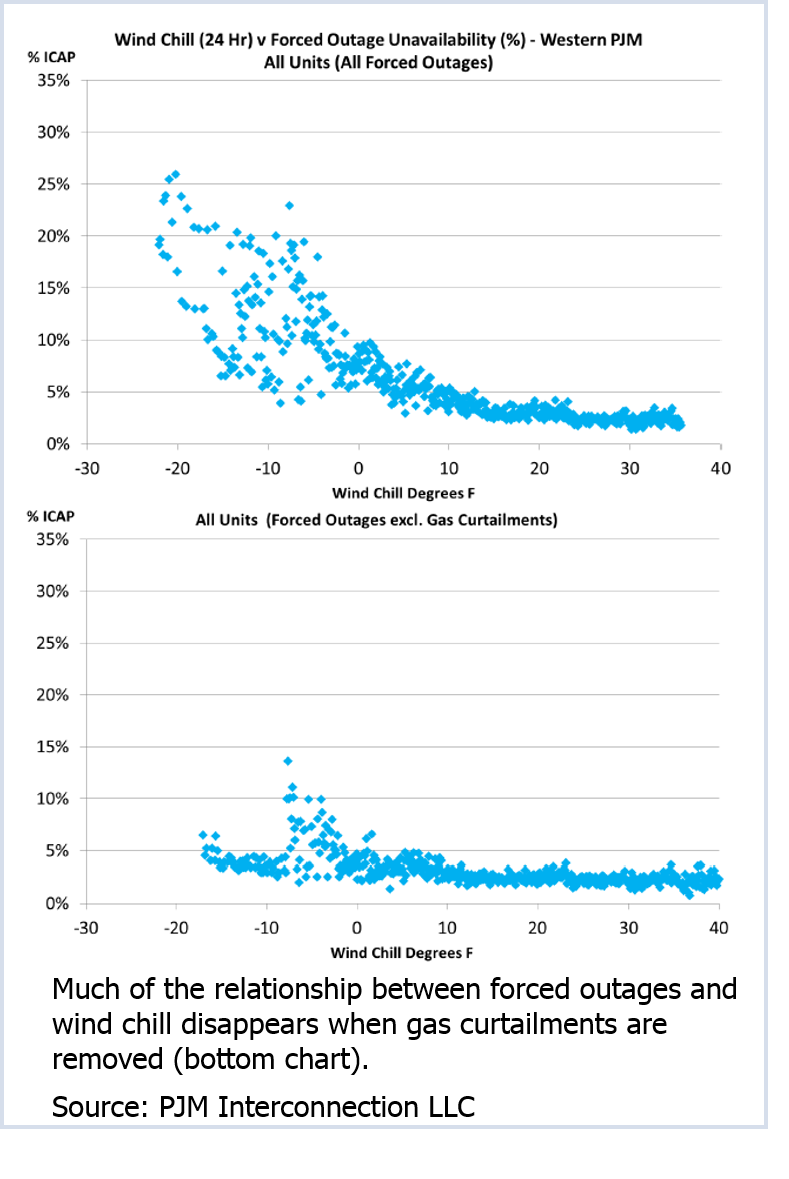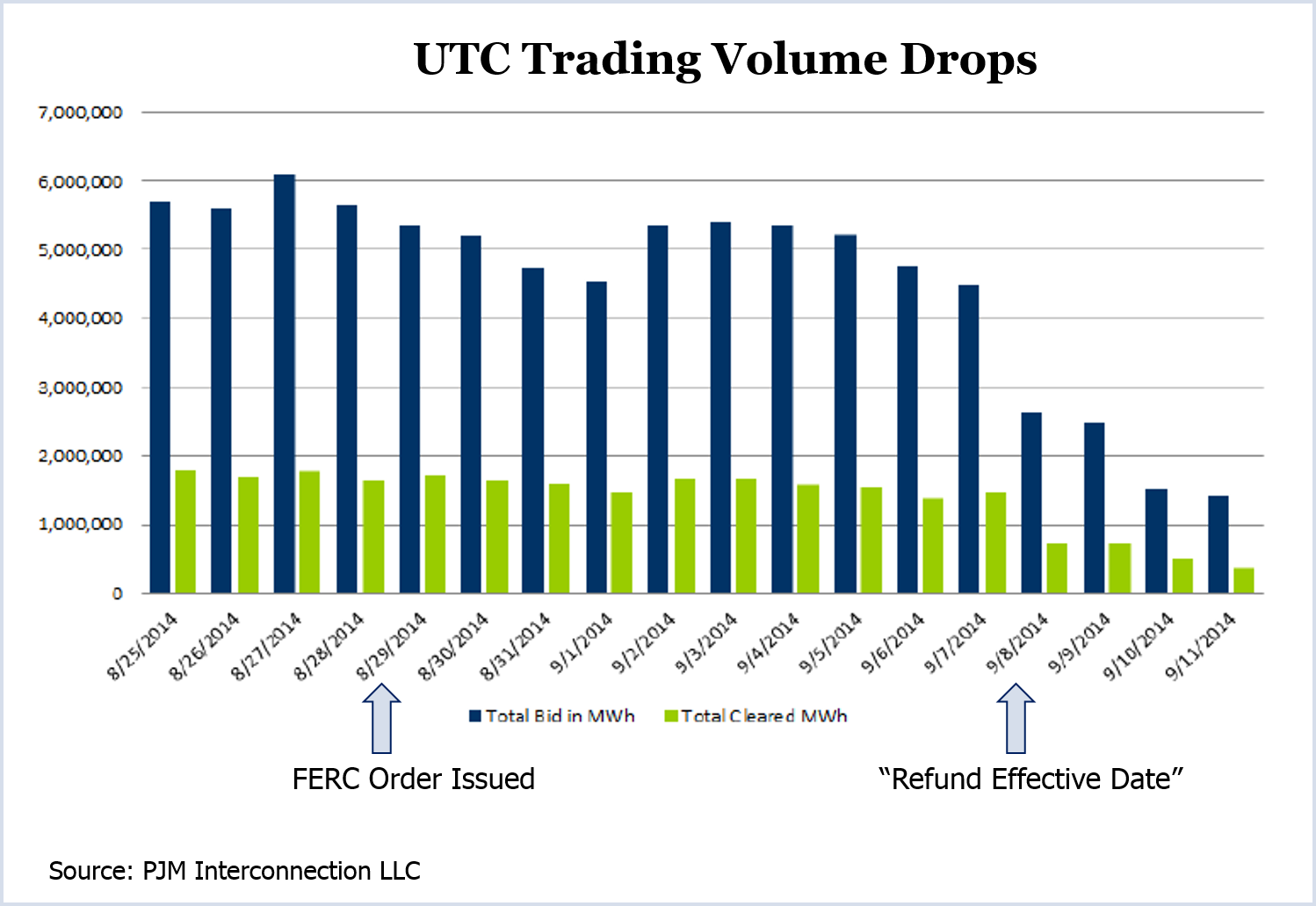PSC Gives Go-Ahead for Out-of-State Tx Ownership
The Public Service Commission has ruled that out-of-state companies can build and own transmission lines in the state, clearing the way for PJM to move forward with a solicitation process to upgrade lines delivering power from New Jersey’s Artificial Island nuclear complex. (See related story, Two of 4 Artificial Island Finalists Offer Cost Caps.)
The PSC’s opinion clarifies ambiguities in state law. One of four companies seeking to upgrade the transmission lines, Northeast Transmission Development, asked the PSC to make a determination.
PJM’s effort to upgrade the lines is the first time the transmission operator used FERC’s Order 1000 solicitation process, but it advised the four project finalists to seek a PSC opinion to resolve the legal uncertainty.
More: The News Journal
INDIANA
Court Rules Duke Fees for Gas Plant Wrong
The Court of Appeals has ruled that state regulators should not have allowed Duke Energy to recover $61 million from customers for costs of building the Edwardsport coal gasification plant. The court ruled that the Utility Regulatory Commission didn’t conduct a comprehensive analysis before awarding the fees to Duke.
More: The Indianapolis Star
MARYLAND
Exelon Facing Mounting Demands for Approval of Pepco Takeover

The newly formed Coalition for Utility Reform wants the Public Service Commission to require “half of the merged entity’s profit to be determined by its ability to meet standards related to cost minimization, reliability, customer satisfaction, carbon reduction and environmental stewardship, distributed energy resources, customer control, and innovation.”
“This broad coalition recognizes that the current utility system is broken,” said Montgomery County Councilmember Roger Berliner, who filed the petition. The coalition plans to become an official intervener in the case.
Another group called PowerUpMontCo is asking for “a multi-billion dollar investment of capital into the infrastructure to bring Pepco’s long-neglected and dilapidated distribution system up to top-quartile service performance levels.”
Pepco shareholders are meeting to vote on the merger today.
More: BethesdaNow; The Washington Post
Woman Challenges Pepco on Meter Charge Issue
A retired attorney from Chevy Chase is challenging Pepco’s rules requiring customers who don’t want a smart meter to pay a charge.
Deborah A. Vollmer, who fears that smart meters cause health problems and a loss of privacy, has refused to pay the opt-out fees. Pepco charges customers who decline a smart meter a $75 up-front fee plus $14 month. About 1,060 customers have declined to get the meters installed, but Vollmer is the only one who refused to pay.
Jonathan Libber, president of Baltimore-based Maryland Smart Meter Awareness, likened the opt-out fees to “protection money” that businesses pay to the mob. The organization seeks to educate the public about the potential dangers of smart meters and wireless devices generally.
More: The Gazette
NEW JERSEY
Christie Names 2 to BPU Posts

Gov. Chris Christie named a Republican attorney and longtime friend as president of the Board of Public Utilities last week.
Richard Mroz, former chief counsel for Gov. Christine Whitman’s administration, would replace Dianne Solomon as head of the five-member board. Christie and Mroz were classmates at the University of Delaware. Christie previously named him to the Delaware River & Bay Authority in 2012.
Christie also nominated seven-term state Assemblyman Upendra Chivukula to fill a vacancy on the BPU. Chivukula, a Democrat, would step down from the legislature if confirmed to the utilities board.
The state Senate is expected to act on the nominations this week.
More: NJ.com
NORTH CAROLINA
Coal Ash Law Goes in Effect Without McCory’s Signature
A new law requiring more stringent management of coal-ash ponds at power plants went into effect last week without Gov. Pat McCrory’s signature.
Lawmakers approved the bill last month in response to public uproar after a dam at one of Duke Energy’s coal ponds failed earlier this year, spilling 39,000 tons of ash into the Dan River. State law calls for the governor to either sign the law or veto it within 30 days.
McCrory, a former Duke employee, did neither. The governor said he thinks the bill violates his power and the state constitution and that he will ask the state’s Supreme Court to review it.
More: Greensboro News & Record
OHIO
DPL Sells Share of Plant to Duke Energy Kentucky
The Public Utilities Commission approved Dayton Power and Light’s plans to sell its 31% share of the 650-MW East Bend coal-fired power plant to Duke Energy Kentucky. PUCO agreed that the transaction will allow both utilities to better serve their customers.
Duke Energy will be sole owner of East Bend, giving it a hedge against the 2015 retirement of its 163-MW plant at Ohio’s Miami Fort Station. The sale needs the approval of the Kentucky Public Service Commission, which is expected by the end of the year.
More: Utility Dive
AEP Spending $21M on Tx Upgrades for Shale Gas
American Electric Power plans a $21 million transmission-system upgrade to provide more power to two large oil and gas pipeline companies that are expanding operations in the state’s shale-gas region. The Public Utilities Commission has approved the project, which will upgrade the 69-kV line in Jefferson and Harrison counties to 138-kV.
AEP says it is responding to requests for more power from M3 Midstream and Access Midstream Partners. Shale-gas drilling has increased demand for electrical power at a rate unseen in the past.
“Most industrial load you can plan 18 to 24 months in advance,” said Dan Recker, AEP’s managing director of transmission engineering. “This is much faster than that. They were needing [electric] service in weeks instead of several months, and that really presented some challenges from a process standpoint.”
More: Columbus Business First
PENNSYLVANIA
PUC Approves PPL’s New Time-of-Use Program
The Public Utility Commission has approved PPL’s pilot time-of-use program that is aimed at inducing customers to shift their energy use to off-peak hours to help meet the state’s energy-efficiency mandates.
The PUC approved PPL’s plan, which allows customers to sign up with third-party suppliers to get electricity at rates that adjust between off-peak and on-peak hours. The plan goes into effect Dec. 10.
The time-of-use rates should help PPL to comply with Act 129, a 2008 law that requires the state’s largest electric distribution companies to develop conservation plans to reduce consumption and shift load from peak hours.
More: Lehigh Valley Business
Pike County L&P, PUC Agree on New Rates
The Public Utility Commission approved a settlement allowing Pike County Light & Power to increase revenue by 12.8% or $1.25 million, less than the $1.7 million the company originally sought.
The boost will increase rates for a typical residential customer by 16.2%, or from $93.06 a month to $108.10. The company has about 4,600 customers in Pike County in Northeastern Pennsylvania.
More: Public Utility Commission
VIRGINIA
Utility’s Plan for Surcharge Irks Home Solar Customers
Appalachian Power’s plans to assess a fee on residential customers who have solar power systems has irked renewable power advocates.
The utility’s “standby charges” would cost customers with solar or wind systems connected to the grid about $3.77 per kilowatt per month. The fee would apply only to customers with systems rated between 10 kW and 20 kW, fairly large by residential standards.
State law allows for the charges if a utility can justify them, but some argue that Appalachian hasn’t proven its case. Appalachian says that customers with larger solar power systems are benefitting from the grid but aren’t paying to maintain the system.
More: The Roanoke Times






